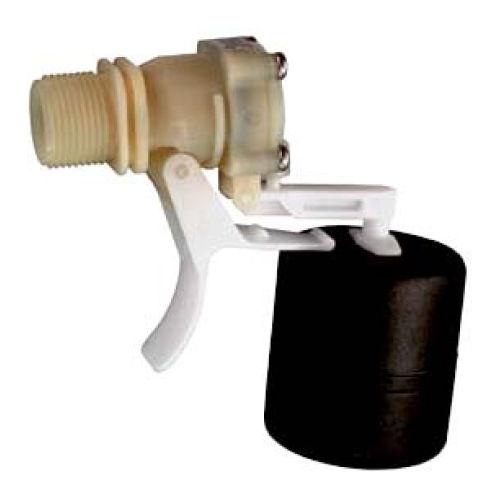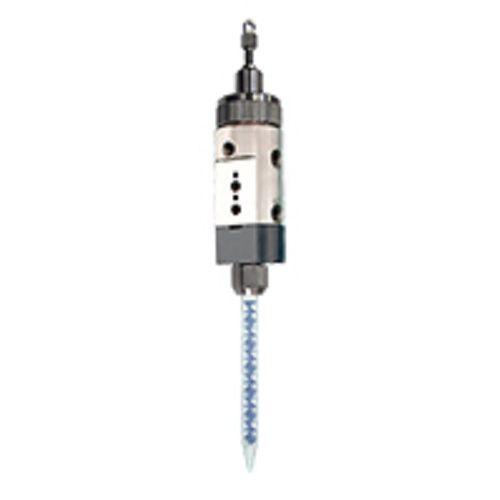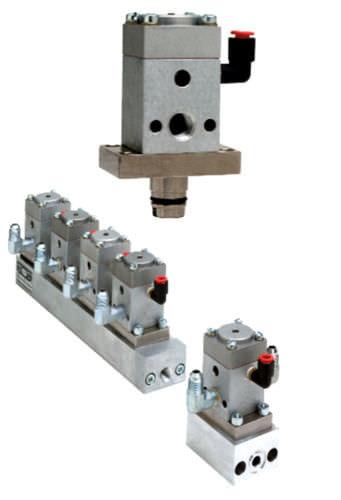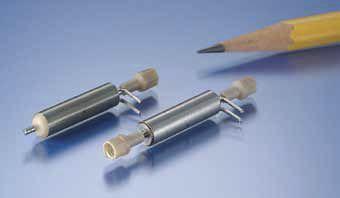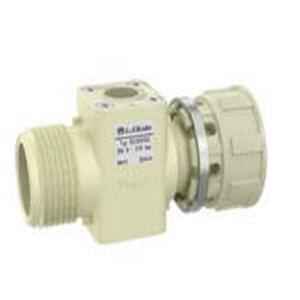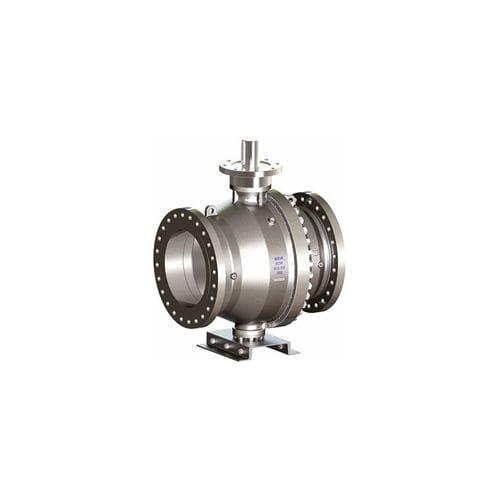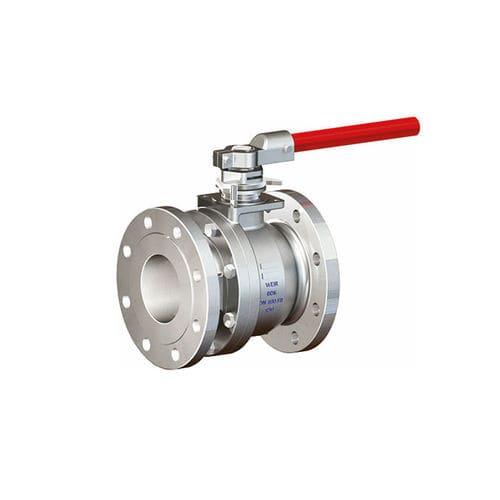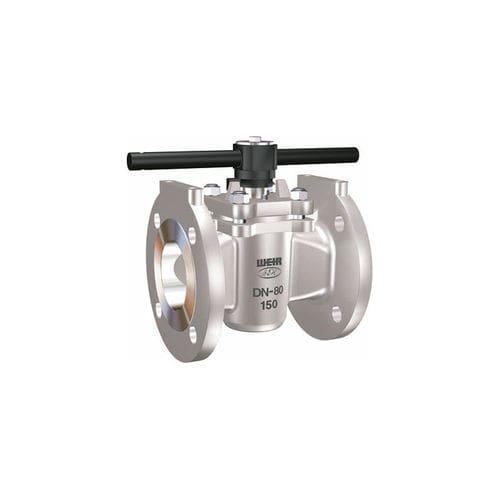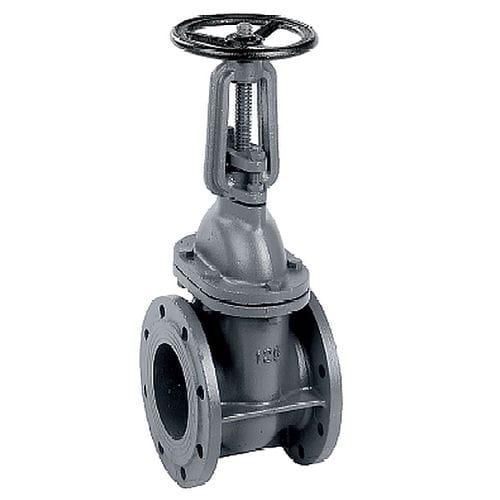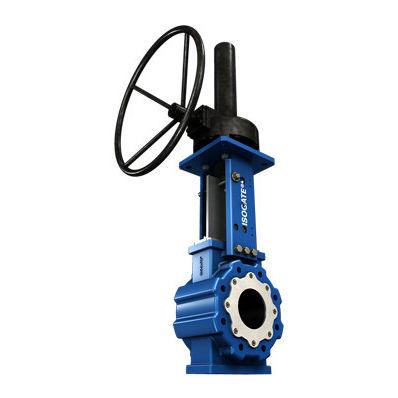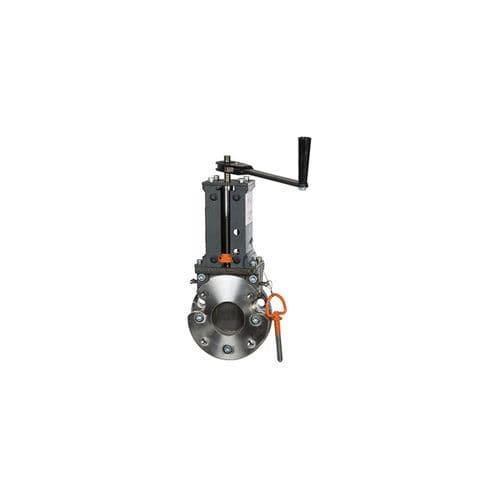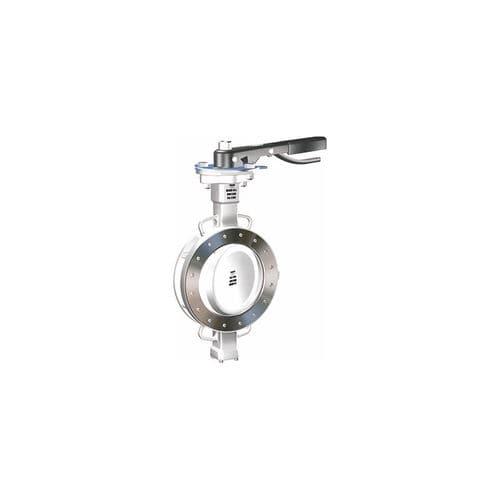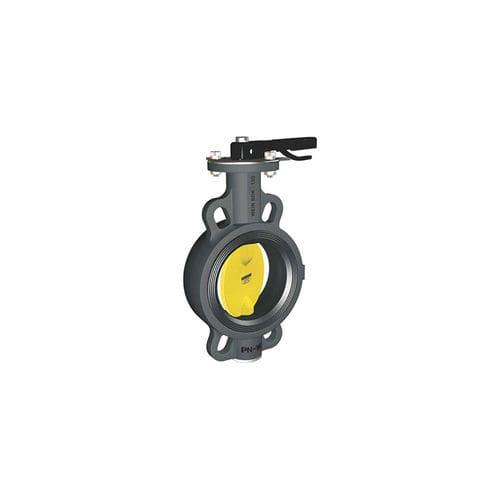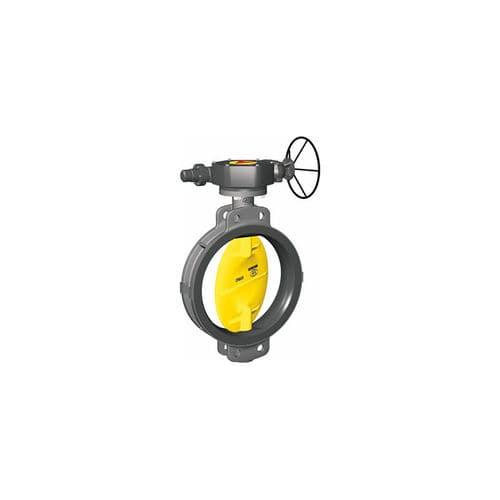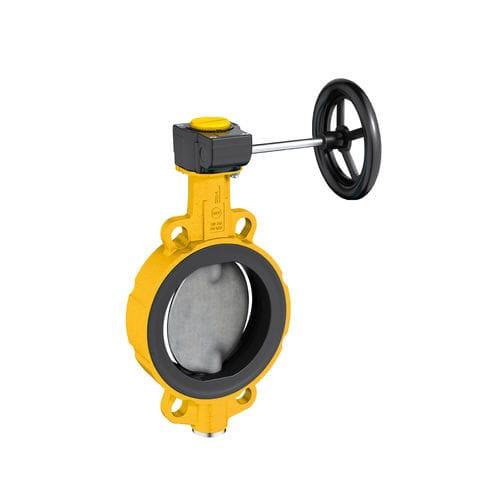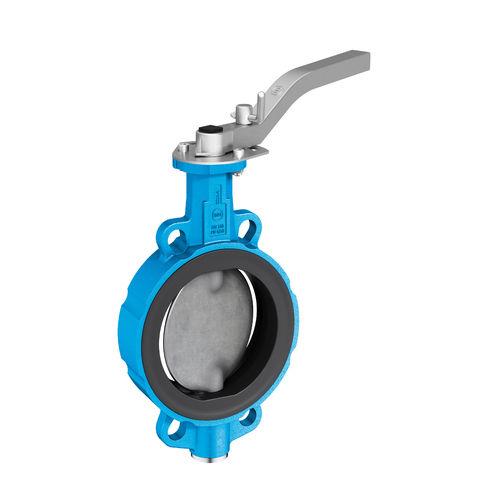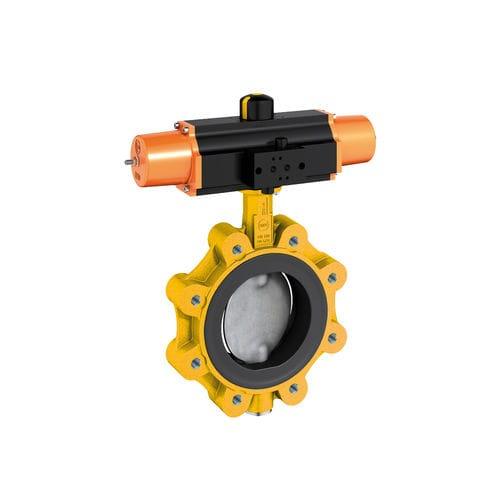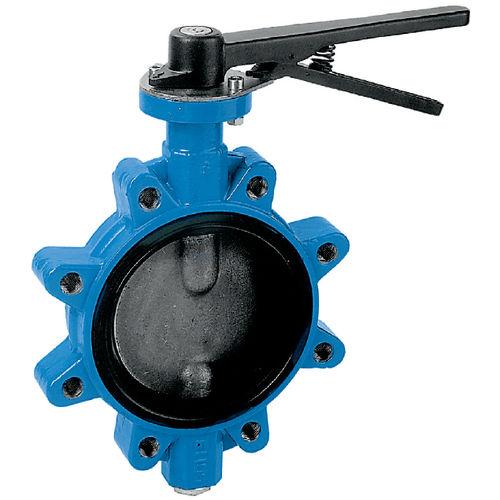-
Operation:
float, servo-driven
-
Function:
level control
-
Media:
for water
-
Body:
flange, threaded, corner, straight, polyamide
-
Applications:
for tanks, for industrial applications, for food applications
-
Other characteristics:
normally open, 2/2-way
-
Temperature:
60 °C (140 °F)
-
Operating pressure:
Min.: 0.3 bar (4.35 psi)
Max.: 10 bar (145.04 psi)
-
DN:
13 mm
-
Flow rate:
Min.: 15 l/min (3.96 us gal/min)
Max.: 105 l/min (27.74 us gal/min)
34 l/min (8.98 us gal/min)
Float valves uses a floater's buoyancy to control the liquid levels in tanks. This particular valve is of DN 13 type and is servo controlled. Liquid that has been drained from the tank will refill automatically to certain preset levels. A guiding force, the outlet jet, pushes the lever that closes the valve. A vast pressure range is capable of being handled by this device as it has a reasonably consistent flow. Over the course of the initial filling, overflow to smaller tanks is prevented by this float valve.
Final closing functions of this device use the buoyant floater. These are single chamber valves designed with an inlet located ninety degrees from their outlet and come in a glass fiber, reinforced polyamide casing. They are useful in conditions of up to 60° when used in conjunction with a PE floater.
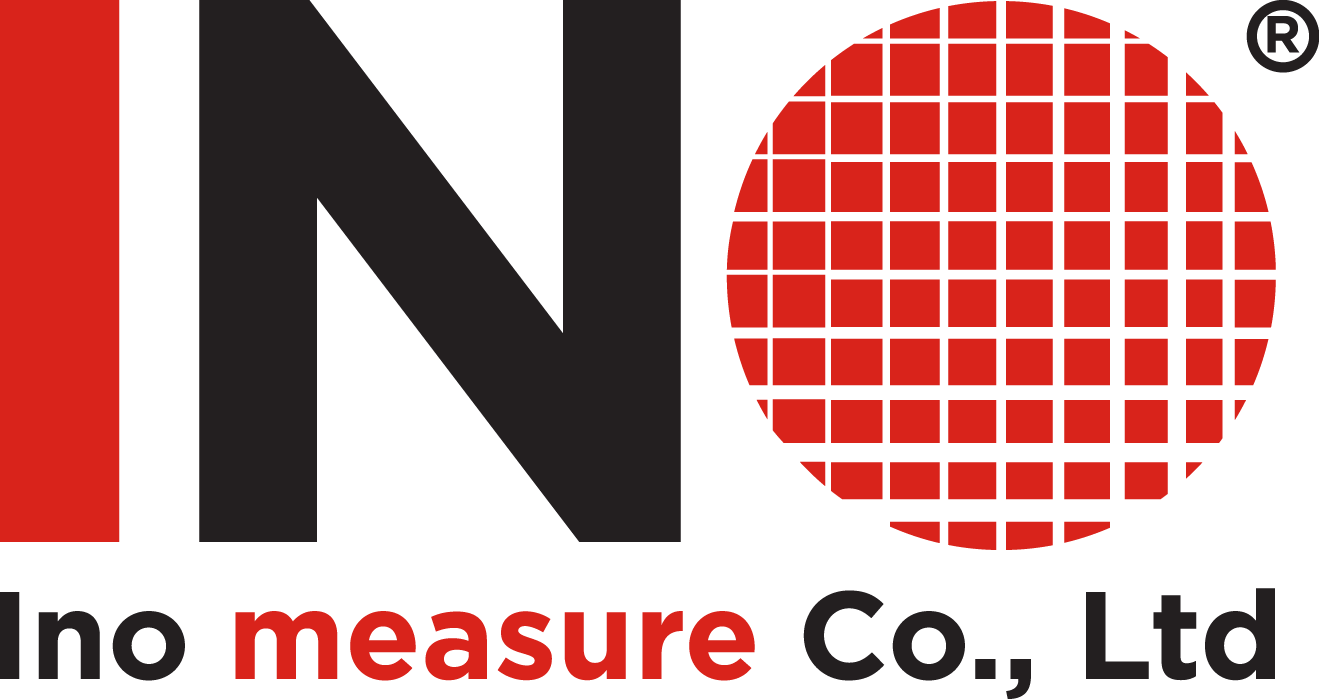



 float valve / servo-driven / level control / for water
float valve / servo-driven / level control / for water